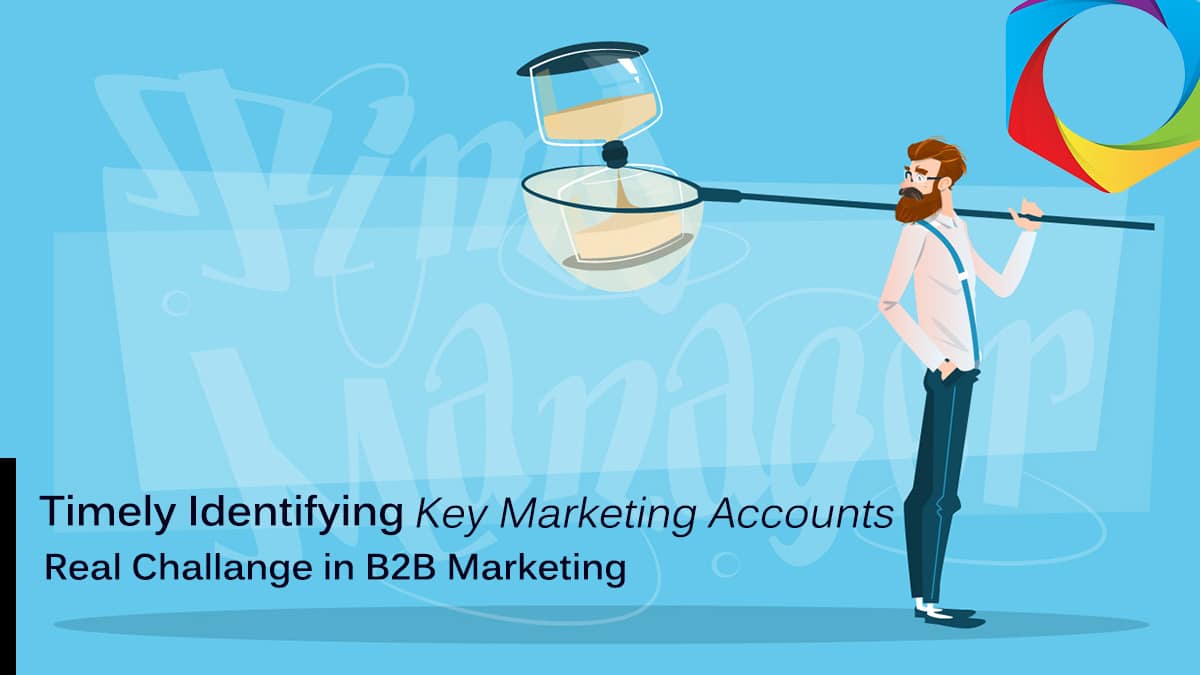Utilizing Social CRM in Targeting Account-Based Marketing
In the ever-evolving landscape of digital marketing, businesses are continually seeking innovative ways to connect with their target audience. One such approach that has gained significant traction is the integration of Social Customer Relationship Management (Social CRM) with Account-Based Marketing (ABM). This powerful combination allows businesses to create highly personalized marketing strategies, enhance customer engagement, and drive better results. In this blog post, we’ll explore how Social CRM can be utilized in targeting ABM and the benefits it brings to the table.
Understanding Social CRM & Its Role in Bio-partnering
Social CRMs integrate traditional CRM functionalities with social media channels, offering a comprehensive view of relationships and interactions. It enables businesses to collect, analyze, and leverage data from social media platforms to understand their customers better and build stronger relationships. In the context of bio-partnering, social CRMs provide several key benefits:
- Enhanced Partner Engagement: Social CRMs enable seamless communication and engagement with partners through various channels, fostering stronger relationships.
- Comprehensive Data Integration: They aggregate data from multiple sources, including social media, emails, and meetings, providing a holistic view of partner activities and interactions.
- Real-time Insights: By continuously updating information, social CRMs ensure that users have access to the most current data, facilitating informed decision-making.
- Collaboration Tools: Features like shared workspaces, task management, and document sharing enhance collaboration between partners.
What is Account-Based Marketing?
Account-Based Marketing is a strategic approach that focuses on targeting specific high-value accounts rather than casting a wide net to reach potential customers. ABM involves creating tailored marketing campaigns for individual accounts, aligning sales and marketing efforts, and delivering personalized content and experiences. The key elements of ABM include:
- Targeting: Identifying and selecting high-value accounts to focus marketing efforts on.
- Personalization: Crafting customized messages and content for each account.
- Alignment: Ensuring sales and marketing teams work together to achieve common goals.
- Measurement: Tracking and analyzing the performance of ABM campaigns to optimize strategies.
The Synergy of Social CRM & ABM
Integrating Social CRM with ABM can significantly enhance the effectiveness of your marketing efforts. Here’s how:
1. Enhanced Targeting and Personalization
Social CRM provides a wealth of data about your target accounts, including their social media behavior, interests, and interactions. By leveraging this data, you can create highly personalized ABM campaigns that resonate with your audience. For example, if you notice that a target account frequently engages with content related to a specific industry trend, you can tailor your messaging to address that trend and demonstrate how your solution aligns with their interests.
2. Improved Customer Insights
Social CRM enables you to gather real-time feedback and insights from social media interactions. This information can be invaluable in understanding the needs and pain points of your target accounts. By analyzing social media conversations, you can identify common challenges and develop content that addresses these issues, positioning your business as a trusted advisor.
3. Increased Engagement
Engaging with target accounts on social media platforms can help build relationships and establish trust. Social CRM tools allow you to monitor and respond to social media mentions, comments, and messages promptly. By actively participating in conversations and providing valuable insights, you can nurture relationships and keep your brand top-of-mind.
4. Data-Driven Decision Making
The analytics capabilities of Social CRM provide actionable insights that can guide your ABM strategy. By tracking social media metrics, you can measure the effectiveness of your campaigns and identify areas for improvement. For instance, if you notice that certain types of content generate higher engagement, you can focus on creating more of that content to drive better results.
Implementing Social CRM in ABM
To successfully integrate Social CRM into your ABM strategy, consider the following steps:
- Choose the Right Tools: Select Social CRM and ABM platforms that integrate seamlessly and offer the features you need to execute your strategy effectively.
- Define Your Target Accounts: Identify the high-value accounts you want to focus on and gather social media data to understand their behavior and preferences.
- Create Personalized Campaigns: Use the insights from Social CRM to develop tailored marketing messages and content for each target account.
- Engage and Monitor: Actively engage with your target accounts on social media, monitor their interactions, and respond promptly to build relationships.
- Analyze and Optimize: Continuously analyze the performance of your campaigns using Social CRM analytics and make data-driven adjustments to improve results.
Conclusion
The integration of Social CRM with Account-Based Marketing offers a powerful approach to targeting high-value accounts with personalized and engaging marketing strategies. By leveraging the data and insights from social media interactions, businesses can enhance their understanding of target accounts, create more effective campaigns, and build stronger customer relationships. As the digital marketing landscape continues to evolve, embracing the synergy of Social CRM and ABM will be key to staying ahead of the competition and achieving long-term success.


